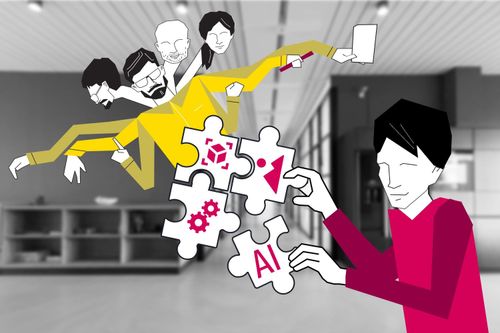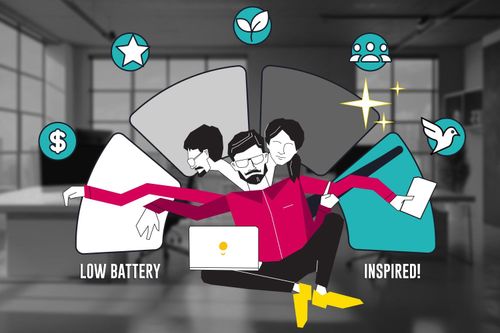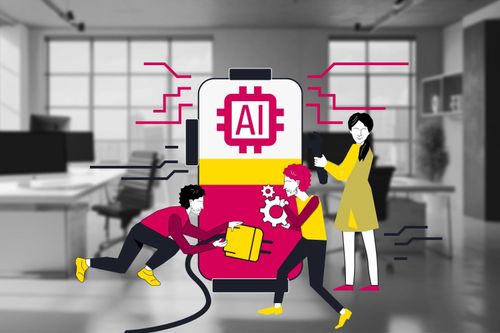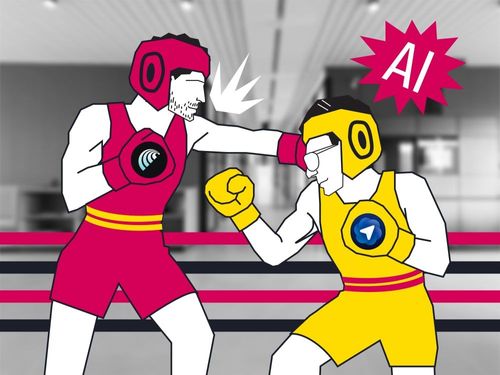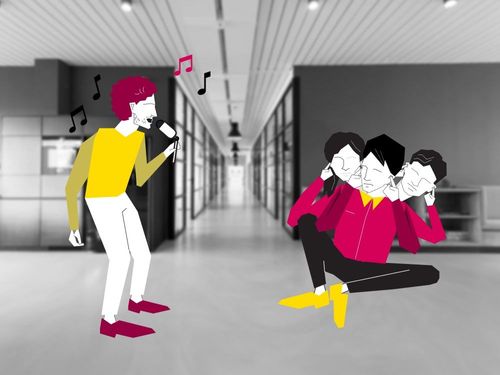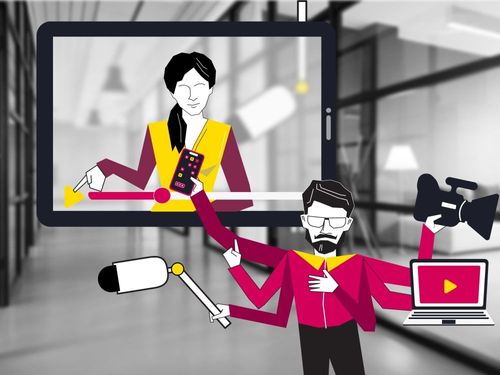
ChatGPT-5 is almost here, and the rumors keep roll in. OpenAI hasn’t officially announced a release date, leaked reports and insider predictions point to early 2025 launch — and what’s coming could reshape AI as we know it.
We collected the latest ones from the most reliable sources and curated this summary for your convenience.
What’s new with ChatGPT-5? Leaks, Rumors, and Everything that You Should Expect
1. Multimodal Evolution: From Images to Video, and Beyond
One of the most exciting prospects for ChatGPT-5 is its enhanced multimodal capabilities. While GPT-4 introduced some multimodal functions, such as handling text and images, GPT-5 is rumored to process video, audio, images, and text seamlessly.
This will enable the AI to process and respond to various inputs beyond text, including images, videos, and potentially other data types, making it a more versatile tool in fields like customer service, healthcare, and education.
2. Advanced Voice Generation: More Natural, More Personal
You probably saw the promotional video OpenAI released. ChatGPT-5 is said to have unmatched voice capabilities. OpenAI has created models that generate natural-sounding speech from a short audio sample.
This could revolutionize voice-based applications, with more realistic and dynamic AI conversations, and could be especially groundbreaking in fields that are voice-intensive.
GPT-5 will supposedly bring this deeper into integration, allowing:
- Natural-sounding voice chat with AI assistants
- High-quality voiceovers
- AI avatars for virtual meetings and events
Think Siri or Alexa — but with the realism of a voice actor.
3. Larger Context Windows and Processing Power
GPT-4 Turbo already supports massive context windows, but GPT-5 will be able to process and retain even more — perhaps 200k+ tokens. This will allow:
- Book-length document editing
- Storage of full product specs across a series of prompts
- Smarter, deeper ongoing conversations
Imagine an AI that recalls your entire strategy document, writing tone, and previous decisions — without the need to remind it.
4. Improved Factual Accuracy and Credibility
Addressing the issue of "hallucinations," where the AI generates incorrect or nonsensical information, GPT-5 is expected to be more accurate and reliable. This improvement will be crucial for professional and academic applications, where accuracy is paramount.
5. Autonomous Agents
GPT-5 can evolve from a chatbot to a fully autonomous agent. With API integrations and planning capabilities, GPT-5 could:
- Schedule meetings
- Book flights
- Send messages
- Automate repetitive tasks
This would move ChatGPT from a tool to an active productivity partner, similar to what tools like AutoGPT and Devin AI.
6. Broader and Specialized Training Data
OpenAI plans to expand the training data for GPT-5, incorporating:
- Proprietary enterprise datasets (opt-in)
- Open-access scientific literature
- Public code repositories
This expansion aims to cover more specialized knowledge areas and complex scenarios, bringing AI closer to achieving Artificial General Intelligence.
7. Potential Pricing Changes
With the evolution of capabilities, there may be price adjustments. While GPT-4 is accessible through a subscription model, if not more expensive, subscription-based access due to its advanced functionalities and increased computational requirements.
Plus plan, premium features such as video generation, agent tools, or expanded API access may be part of new, tiered pricing models — potentially GPT Pro or GPT Enterprise.
8. Native Coding Assistant That Might Replace IDEs
GPT-5 is said to be deeply integrated with coding environments, potentially replacing basic developer tasks. Instead of jumping between Stack Overflow, ChatGPT, and your IDE, you could:
- Write code natively in your IDE
- Auto-debug with contextual awareness
- Run full dev workflows in an AI-assisted IDE
GitHub Copilot was just the beginning. GPT-5 could make all developers faster, smarter — and possibly, partially obsolete.
9. Text-to-Video Integration
The capabilities of text-to-video integration, referred to as "Sora" by OpenAI, could be a standout feature of GPT-5. This would allow users to generate video content based on text prompts, opening up new possibilities for creative and professional applications.
10. Towards AGI
GPT-5 is seen as a significant step towards the goal of Artificial General Intelligence (AGI). The improvements in understanding, context handling, and data integration are all geared toward creating a more human-like and versatile AI that can perform many tasks.
In summary, ChatGPT-5 promises to be a major leap forward in AI technology, with advancements in multimodality, voice generation, context understanding, and autonomous task execution. These enhancements could revolutionize the incorporation of AI into the regular tasks of technical teams, and it will prove to be a precious asset to companies across many industries.

